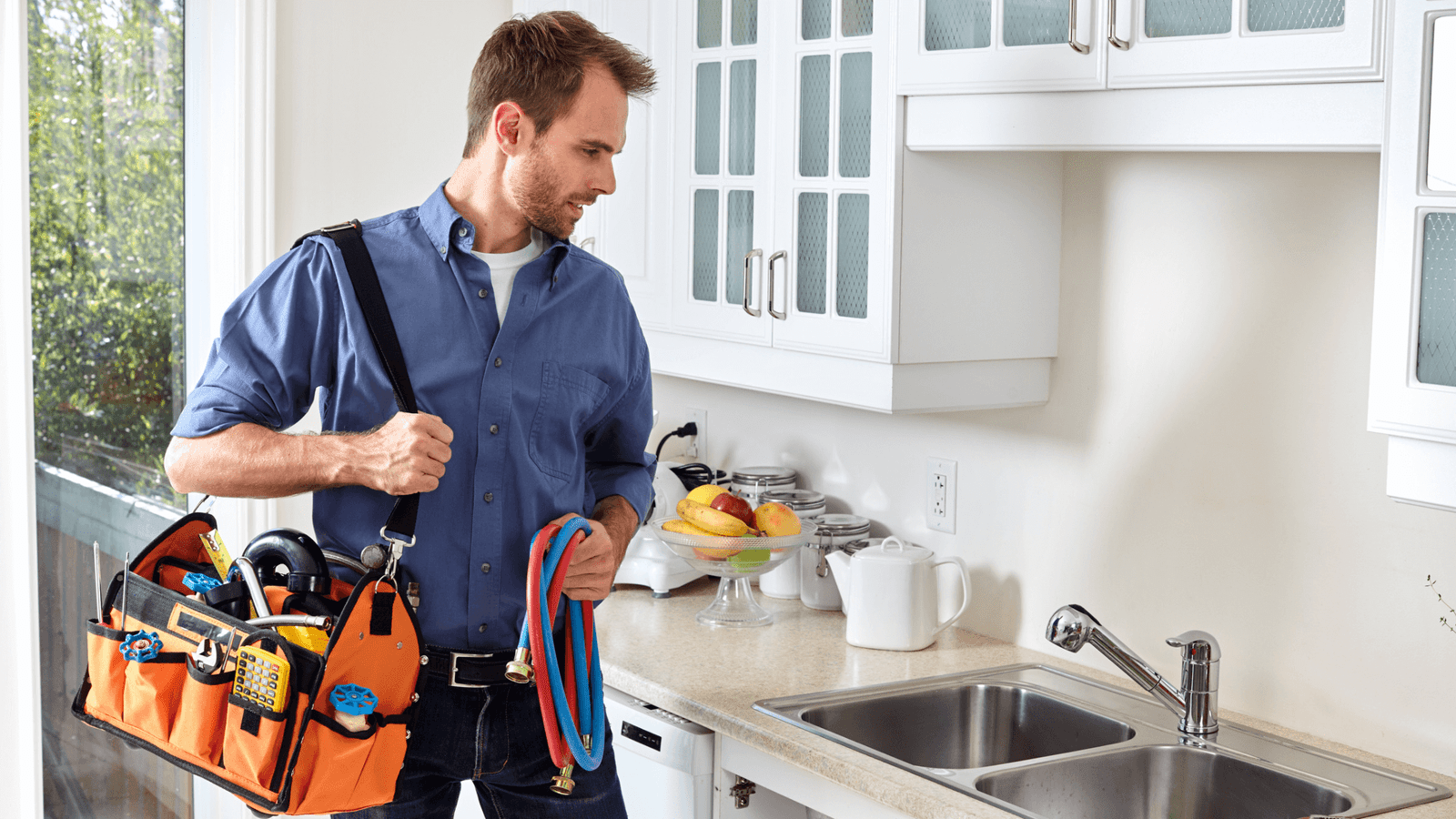Congratulations! Owning a home is a major step. It’s crucial to educate yourself about the risks of water damage to your home as you adjust to your new duties for home maintenance and upkeep. You can avoid damage altogether if you are aware of the possible risks.
Water damage may make your property dangerous, untidy, and expensive. Mold and mildew can appear and ruin your plasterboard, insulation, foundation, and other things if you don’t take prompt action. Mould and mildew not only pose a threat to your house but can also affect your family’s health.
We’ll go over some of the fundamentals of water damage, such as what can happen and how to avoid it. Water can enter the interior of your home through a variety of different channels. Additionally, the likelihood of interior water damage can be affected by factors including your location and the age of your house.
Types of water damage that may affect your home
Interior water damage can result from dangers both inside and outside your home. The following are some of the most frequent ways that water may wind up in locations where it shouldn’t be:
Inside-the-house risks
Our homes’ appliances make chores more convenient, but the plumbing that allows for indoor plumbing isn’t always in good shape. Every now and again, sump pumps stop working, drains clog, washing machines and dishwashers overflow, and refrigerators leak. If your water pressure is too high, you can potentially have burst inside pipes.
Your homeowners insurance coverage may differ depending on whether these occurrences were unintentional or the result of poor upkeep. For instance, because it meets their needs, many homeowners decide to include water backup coverage in their home insurance. Make sure you have enough coverage for these indoor water damage hazards by speaking with your insurance agent.
External threats to the home
Some of the most frequent types of water damage outside your home can be caused by heavy rain and lowering temperatures. Examples include frozen pipes that break, corroded old pipes, backed-up sewers, and flood damage. It’s possible that your basement or first floor have standing water even when the damage is outdoors. You might notice leaks in your ceiling and walls as a result of ruptured or damaged pipes.
Due to the fact that flood insurance is a separate form of insurance, homeowners insurance Houston policies do not cover flood damage. Floods can occur anywhere and at any moment, claims the Federal Emergency Management Agency (FEMA). The most frequent and expensive natural disaster in the United States.
To be sure you’re protected from these water dangers, talk to your independent insurance agent about your homeowners insurance coverage and flood insurance.
Prevention advice to prevent interior water damage
You can take precautions to reduce the possibility of interior water damage to your property. Use these easy strategies to maintain the condition of your house:
1. Always refer to your home appliances’ usage manuals.
Overloading your dishwasher or washing machine can lead to disaster. To lessen the chance of floods or a broken home appliance, make sure to follow the owner’s handbook.
2. Make sure your gutters are clear.
Water cannot be diverted away from the foundation of your house when your gutters are clogged.
3. Look for early indications of water damage in your property.
Look for water damage in the cupboards behind your sinks, and keep an eye out for water stains on your ceiling that could indicate a leaky roof or damaged pipes. To stop additional internal water damage, consult a professional if you notice any dried wet spots or active dripping.
4. Take care of the sump pump.
If your home has a sump pump, it’s crucial to frequently check that it is functioning properly. If you’re unsure, see a professional for peace of mind—it might be the difference between a dry and wet basement during the rainy season.
5. In cold weather, keep your house warm and let the faucets drip.
During the winter, you can’t stop the temperature from dropping below freezing, but you can keep your thermostat at 55 degrees or above to keep your pipes warm. To avoid frozen pipes, you can also set your faucets to a slow drip. Make sure the water coming from your tap is warm.
6. Regularly clean your drains.
Cleaning your drains is a simple technique to avoid indoor water damage. To prevent backups that might easily result in interior flooding, make sure to periodically empty the drains in your shower, bathtub and kitchen sink.
7. Examine aging pipes.
Plan routine inspections of your home’s plumbing or, if you’re competent, perform them yourself. In order to prevent costly damage, older homes with antiquated plumbing systems need to be carefully monitored.
Discuss your alternatives for coverage with your agent.
You may check your homeowners insurance policy to make sure you have the appropriate protection now that you are aware of some of the ways indoor water damage can occur in your house.


